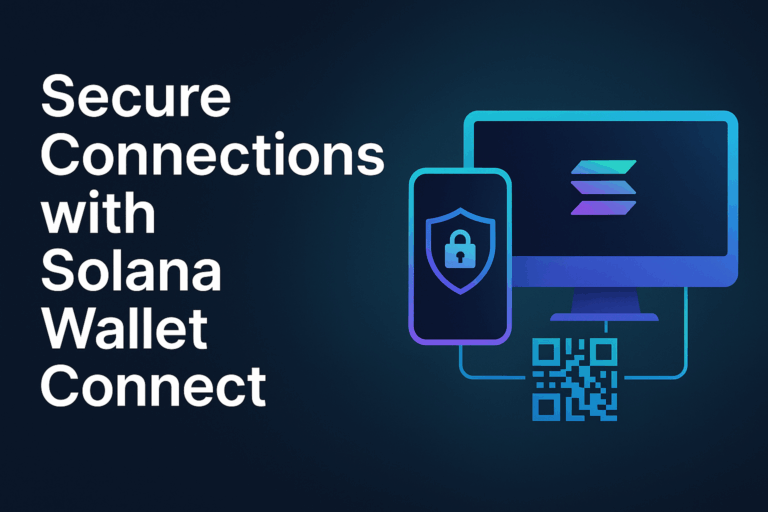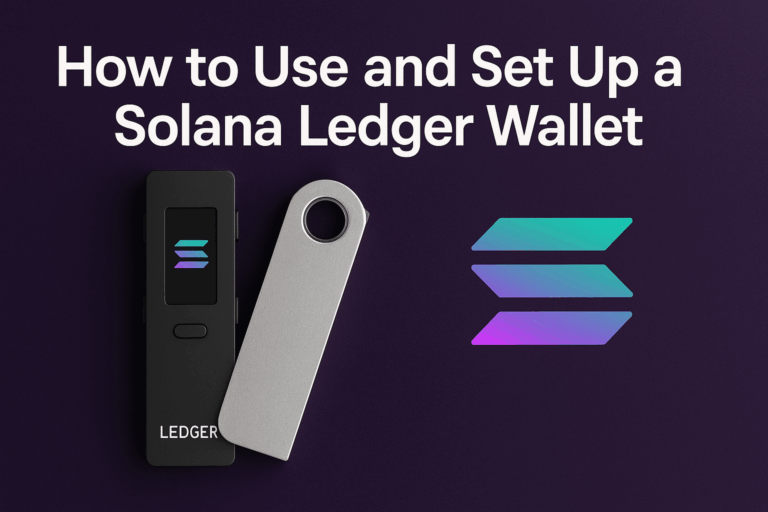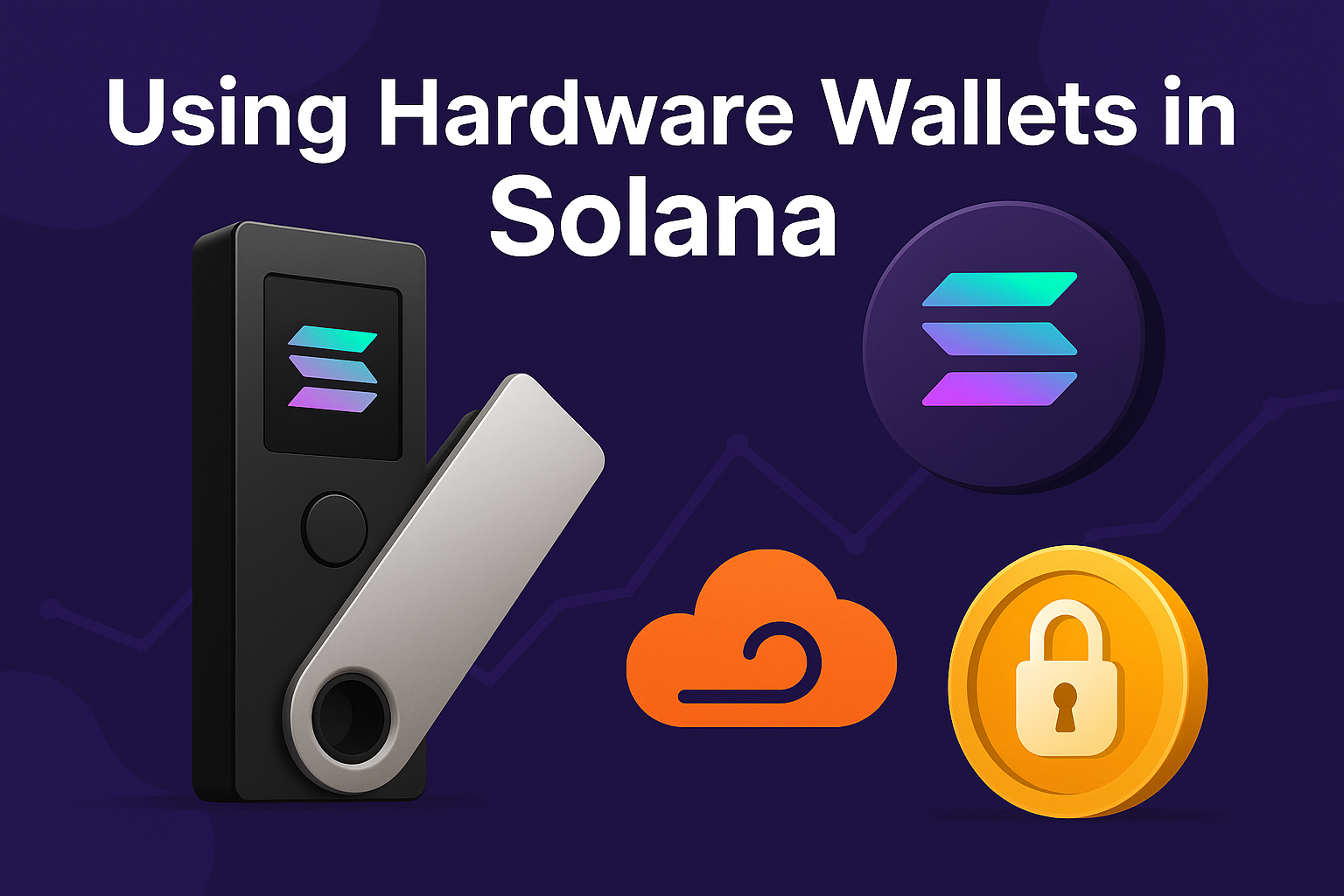How to Protect Yourself from Phishing Attacks on the Solana Blockchain
The Solana blockchain has revolutionized the decentralized finance (DeFi) landscape with its lightning-fast transaction speeds and low fees. As adoption surges, so too does the risk of phishing attacks targeting Solana users. With billions of dollars flowing through decentralized apps (dApps) on Solana, malicious actors are constantly looking for ways to exploit users’ trust and access their private keys. Protecting yourself from phishing is no longer optional—it’s essential.
In this article, we explore the nuances of phishing in the Solana ecosystem, provide real-world examples, and offer actionable strategies to safeguard your SOL and other digital assets.
Table of Contents
Understanding Phishing Attacks
What Is Phishing?
Phishing is a type of cyberattack where attackers impersonate legitimate entities to steal sensitive information. In the context of the Solana blockchain, this often means tricking users into revealing their private keys, seed phrases, or wallet credentials. Unlike traditional scams, phishing in crypto can lead to irreversible financial losses because blockchain transactions are immutable.
Why Solana Users Are Vulnerable
Solana’s rapid growth has attracted not only legitimate developers but also opportunistic hackers. The decentralized nature of Solana apps means there is no central authority to reverse stolen funds. Additionally, many new users in the ecosystem are unfamiliar with best security practices, making them prime targets for social engineering attacks.
Common Phishing Techniques in the Solana Ecosystem
Fake Wallet Interfaces
Attackers often create fake versions of popular Solana wallets, such as Phantom or Solflare. These fake wallets mimic the interface of legitimate wallets and prompt users to input their seed phrases. Once the information is entered, attackers gain full access to the victim’s SOL and NFTs.
Phishing Links and Emails
Emails or social media messages claiming to offer free airdrops, exclusive NFT drops, or staking rewards are common phishing tactics. The messages usually contain links directing users to counterfeit websites.
solanarewards.io instead of the legitimate solana.com. Entering your wallet credentials on this site gives the attacker direct access to your funds.Malicious dApps
Decentralized apps on Solana can be exploited if users connect their wallets without proper verification. Malicious dApps can request excessive permissions, allowing them to move tokens without your consent.
Social Engineering on Social Media
Hackers impersonate well-known Solana developers or influencers on platforms like Twitter, Discord, and Telegram. They create a sense of urgency, often claiming limited-time giveaways or investments. The key tactic here is exploiting trust rather than technical vulnerabilities.
Technical Measures to Protect Your SOL
Use Hardware Wallets
Hardware wallets like Ledger or Trezor store your private keys offline, making them immune to phishing attacks that target software wallets. Even if a phishing site tricks you into approving a transaction, a hardware wallet requires physical confirmation.
Enable Two-Factor Authentication (2FA)
While blockchain wallets themselves don’t typically use 2FA, exchanges and platforms that interface with Solana often do. Enabling 2FA adds an extra layer of security, reducing the risk of account takeover.
Verify URLs and Smart Contracts
Always check URLs carefully. Bookmark official sites of wallets and dApps. For interacting with smart contracts, review the contract address and ensure it’s the legitimate one, as attackers often deploy clone contracts with malicious code.
Use Secure Browsers and Extensions
Secure browsers and anti-phishing extensions can help detect fake sites. Avoid downloading wallets or extensions from unverified sources, and keep your browser and software up to date to mitigate vulnerabilities.
Behavioral Best Practices
Avoid Sharing Seed Phrases
Your seed phrase is the master key to your wallet. Never share it with anyone, including purported support teams. Legitimate entities will never ask for your seed phrase.
Double-Check Before Clicking
Always hover over links to see their true destination. Verify emails and social media messages for spelling errors, domain inconsistencies, or unexpected requests.
Educate Yourself on Scams
The Solana ecosystem evolves rapidly. New scams appear regularly. Following reputable Solana news sources, community forums, and official wallet channels can help you stay informed.
Test Small Transactions
When interacting with new dApps, perform a small test transaction first. This limits potential losses if the platform turns out to be malicious.
Case Study: Successful Prevention in the Solana Ecosystem
In 2023, a user on Discord received a message claiming they had won a limited NFT drop. The link led to a website almost identical to a popular Solana marketplace. The user, familiar with phishing risks, noticed a subtle typo in the URL. Instead of proceeding, they reported it to the official community channel. The phishing site was shut down before it could harm other users. This incident highlights the importance of vigilance and community awareness.
Emerging Trends in Solana Security
Decentralized Identity Verification
Projects in the Solana ecosystem are exploring decentralized identity (DID) solutions to verify users without exposing private keys. This could significantly reduce phishing risks by ensuring only authenticated users interact with dApps.
AI-Based Threat Detection
AI and machine learning tools are being deployed to identify suspicious wallet transactions and flag potential phishing attacks in real-time, providing an additional safety net for users.
Education and Community Initiatives
The Solana Foundation and various community groups are increasingly focused on educational campaigns to teach users about phishing and security best practices. Staying connected to these communities can enhance your security awareness.
Summary and Takeaways
- Understand phishing techniques: Fake wallets, malicious dApps, social engineering, and phishing links are common attack vectors.
- Use technical safeguards: Hardware wallets, 2FA, verified URLs, and secure browsers provide strong protection.
- Follow best practices: Never share seed phrases, double-check links, stay educated, and test small transactions.
- Stay engaged with the community: Learning from real-world incidents and security updates is invaluable.
Your SOL and other assets deserve robust protection. By staying vigilant, verifying sources, and using secure tools, you can enjoy the benefits of the Solana ecosystem without falling prey to phishing scams.
Take action today: Review your wallet security, update your bookmarks, and share this knowledge with fellow Solana users to make the ecosystem safer for everyone.



Very useful and easy-to-understand security guide!
Every Solana user should read this.
Great article helps raise awareness about phishing attacks